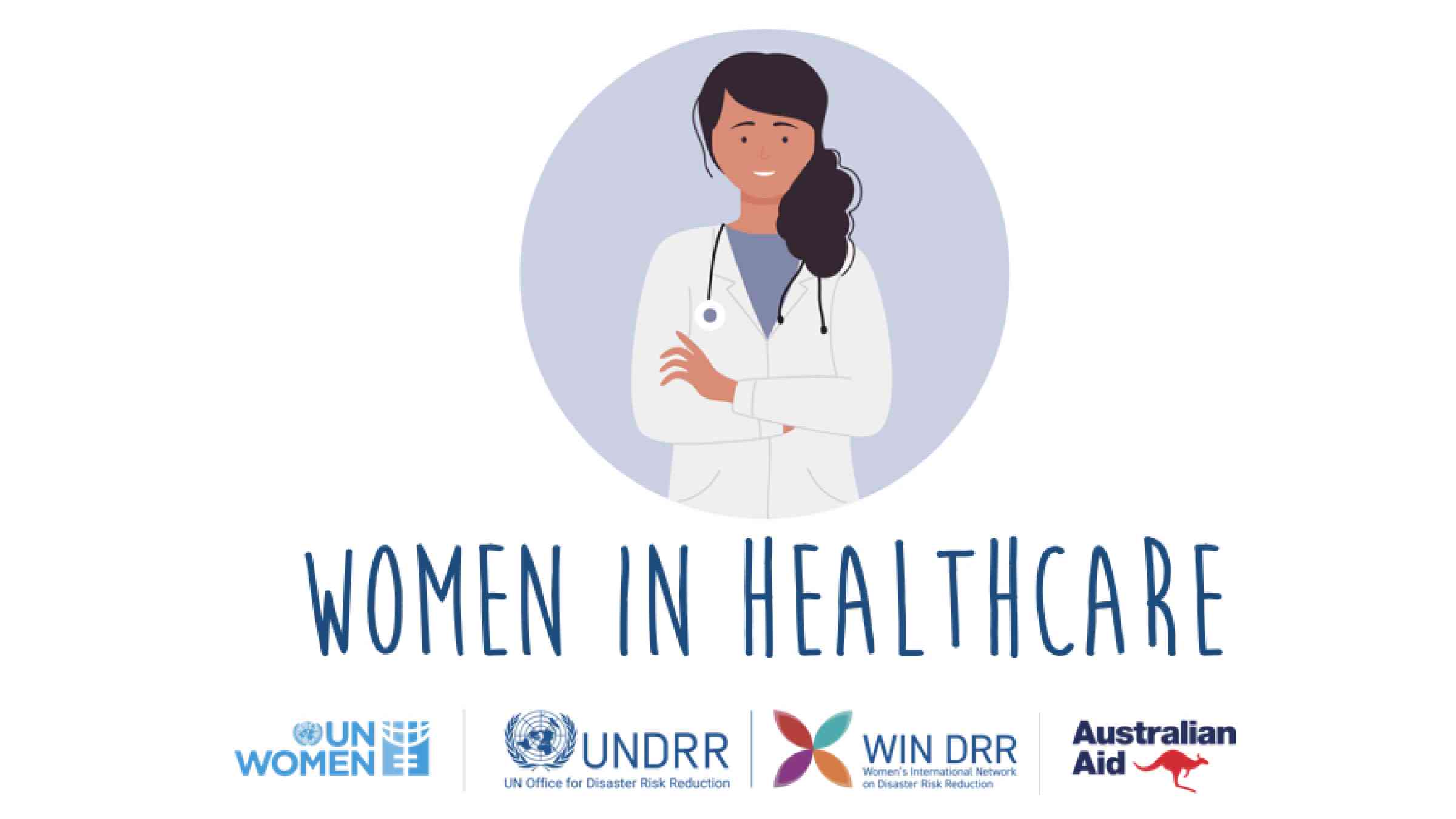Exactly How to Carry Out Healthcare RCM for a Smooth Income Cycle
Exactly How to Carry Out Healthcare RCM for a Smooth Income Cycle
Blog Article
A Comprehensive Overview on Just How Healthcare RCM Works to Enhance Billing and Collections
Browsing the intricacies of health care earnings cycle management (RCM) is critical for suppliers aiming to enhance their payment and collections procedures. The guide unboxes the complexities of RCM, from patient registration to accounts receivable administration, offering insights into optimizing each action.
Comprehending Income Cycle Monitoring
Understanding the complexities of Income Cycle Administration (RCM) is essential for medical care companies intending to optimize their financial performance. RCM is a vital management feature that encompasses the whole economic procedure of person care, from the first consultation readying to the final repayment of the equilibrium. It is an intricate procedure developed to recognize, collect, and manage the profits from the services given to individuals. Reliable RCM ensures that doctor get prompt and exact payments, minimizing the danger of earnings loss and improving capital.
The RCM procedure starts when an individual timetables a consultation and expands via the individual's treatment journey, including invoicing and collections. A vital purpose is to reduce the time in between getting and supplying a solution payment, thus improving the company's monetary health and wellness. RCM involves numerous features such as person registration, insurance verification, fee capture, coding, declares entry, payment uploading, and taking care of charms and denials.
Key Parts of RCM
In the world of Revenue Cycle Management (RCM), comprehending its crucial elements is essential to accomplishing monetary performance within medical care companies. RCM is a thorough process that encompasses numerous stages, each critical to making certain efficient invoicing and collections. The primary components consist of individual registration, insurance policy confirmation, fee capture, coding, insurance claim submission, settlement uploading, and balance due administration.


When coded, claims are submitted to payers, where accuracy is critical to stay clear of denials or delays - Healthcare RCM. Settlement posting entails recording the obtained payments, which permits the settlement of accounts. Finally, receivables management concentrates on monitoring and dealing with overdue claims, ensuring timely follow-up and resolution
Each element of RCM is interconnected, and inefficiencies in any part can disrupt the entire cycle. Therefore, mastering these components is essential for doctor to enhance profits and enhance their monetary health and wellness.
Techniques for Efficient Payment

Systematizing invoicing procedures throughout the organization is another crucial strategy. Developing clear guidelines for documentation, coding, and entry aids keep consistency and conformity with regulatory needs. Training personnel routinely on these treatments guarantees everybody is updated with the current changes in billing codes and payer policies.
Accurate fee capture is vital in stopping earnings leak. Executing regular audits and tracking systems allows for the recognition and adjustment of inconsistencies before they impact profits. In addition, preserving open lines of interaction with payers helps to rapidly deal with any type of disagreements or misunderstandings that may develop.

Lastly, engaging people early in the payment procedure by providing clear quotes and educational materials regarding their financial obligations can substantially lower complication and boost payment timeliness. These strategies jointly add to an extra efficient and financially healthy payment system.
Enhancing Collections Procedures
A durable collections process is important for maintaining monetary security within medical care companies. Offered the intricacies of clinical billing and the range of payer needs, enhancing the collections procedure involves carrying out calculated actions that make sure timely and accurate settlement of services provided. Central to this is making use of technology to automate and improve procedures, minimizing hands-on mistakes and improving efficiency. Automation tools can aid in tracking case statuses, sending timely pointers to clients, and managing denials better.
Training staff to comprehend the subtleties of insurance plan and billing codes is just as essential. site link This expertise encourages them to deal with payment inconsistencies rapidly and interact effectively with clients concerning their economic duties. Furthermore, clear and clear patient interactions are essential. Giving thorough descriptions of fees and supplying flexible layaway plan can raise patient fulfillment and timely repayments.
Normal audits of the collections procedure need to be performed to determine areas for enhancement and make sure compliance with guidelines. By evaluating information, healthcare companies can identify trends, expect prospective issues, and adapt methods appropriately (Healthcare RCM). Eventually, a well-enhanced collections process not just supports economic health yet also contributes to a more smooth experience for patients and personnel alike
Optimizing Earnings Streams
Structure upon the foundation of a strong collections procedure, medical care companies can further strengthen their monetary stability by tactically optimizing profits streams. This includes a multi-faceted method, beginning with a comprehensive analysis of existing profits sources to determine inadequacies and locations for growth. our website Using advanced data analytics devices makes it possible for companies to obtain insights into payer mix, client demographics, and solution utilization patterns, enabling data-driven decisions that improve profits capture.
Applying automated billing systems can significantly minimize mistakes and expedite cases processing, making sure that income is collected more effectively. In addition, maximizing payer agreements with regular settlements can enhance compensation rates and terms, straight impacting the bottom line. Expanding solution offerings, such as integrating telehealth or wellness programs, can likewise draw in a broader client base, hence boosting profits possibility.
One more vital element is improving client involvement and complete satisfaction, as satisfied people are most likely to stick to treatment plans and make find more information prompt repayments. Offering flexible repayment choices and clear billing techniques can enhance collections and foster client commitment. Healthcare RCM. By embracing these methods, health care companies can produce a more resilient monetary framework, ensuring sustained growth and stability in an ever-changing market landscape
Verdict
In verdict, healthcare Revenue Cycle Administration (RCM) plays a critical function in optimizing payment and collections procedures by incorporating key parts such as client enrollment, insurance coverage verification, fee capture, coding, declares submission, and receivable monitoring. By employing sophisticated innovation, standardizing treatments, and fostering patient interaction, health care carriers can substantially minimize case rejections, increase repayment cycles, and improve capital. This extensive method to RCM ultimately leads to improved economic effectiveness and sustainability for health care companies.
The RCM procedure starts when a person routines an appointment and prolongs via the person's treatment journey, including invoicing and collections.An additional vital component is boosting person interaction and contentment, as satisfied people are much more likely to adhere to treatment strategies and make timely settlements. Offering versatile payment choices and transparent invoicing techniques can improve collections and foster individual commitment.In final thought, medical care Earnings Cycle Management (RCM) plays a crucial role in maximizing invoicing and collections procedures by integrating essential parts such as person registration, insurance verification, cost capture, coding, asserts entry, and accounts receivable monitoring. By employing innovative technology, systematizing procedures, and promoting person interaction, medical care service providers can dramatically lower claim rejections, accelerate settlement cycles, and improve cash money flow.
Report this page